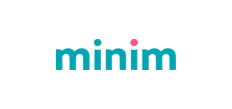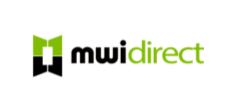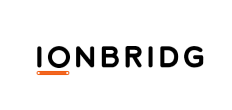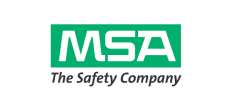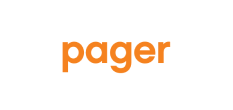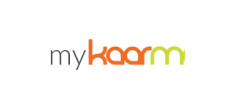MARKET-DRIVEN CURRICULUM DESIGNED BY EXPERTS

Mentor Support
Get weekly one-on-one mentorship, delivering personalized guidance to navigate every challenge.

Affordable Tuition
Earn a high-quality education that doesn’t come with a hefty price tag.

High-Demand Skills
Gain hands-on experience and high-demand skills, so you stand out as a top job candidate.

Job Ready Portfolio
In under six months, graduate with a portfolio showcasing your expertise and preparing you for employment.
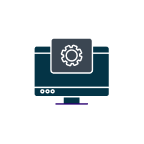
18 Week Course
WHAT YOU’LL LEARN IN THIS BOOTCAMP
Over 18 weeks, you’ll begin to master the art and science of back-end development. Guided by industry-leading instructors and mentors, you’ll learn how to structure complex systems and code efficiently. You’ll gain hands-on experience building scalable and reliable server-side applications making you job-ready and prepared to take on your new future.
Introduction to Java
You’ll start by learning how to build powerful applications, process data efficiently, organize and manage your code, implement design patterns to solve common challenges, and catch mistakes. These tools will help you develop reliable and efficient back-end systems.
Weeks 1-6

JavaScript
Java is a programming language that allows developers to create applications for a variety of platforms, from mobile devices to large-scale systems. With its rich libraries and user-friendly syntax, Java is an essential tool to build reliable and scalable applications.

OOP
Object-Oriented Programming is a coding approach where software is organized around objects. These objects represent real-world entities, making it easier to design, understand, and maintain large software systems by mimicking how we categorize information in real life.

Unit Testing
Unit Testing is a process where individual parts of code are tested to ensure they work as intended. By isolating each part and verifying its accuracy, developers can catch and fix errors early, ensuring the overall software functions reliably and efficiently.

Algorithms
Algorithms are sets of step-by-step instructions that computers follow to accomplish a specific task or solve a particular problem. Understanding algorithms is crucial for developers, as they determine how efficiently a program runs.

Design Patterns
Design Patterns are proven solutions to common software design challenges. They provide a blueprint for addressing recurring problems, allowing developers to write more efficient, scalable, and maintainable code.
Relational Databases with MySQL
Next you’ll learn to manage databases, define and structure your data, explore effective data storage, and manipulate stored data. With these skills, you’ll be prepared to design, and interact with robust database systems.
Weeks 7-12

SQL
Structured Query Language is a specialized language used to manage and retrieve data from databases. With SQL, developers can search, update, and organize vast amounts of information stored in structured databases.

DDL
Data Definition Language is a subset of SQL used specifically to define and manage the structure of databases, like creating, altering, or deleting tables. It allows developers to shape how data is stored, ensuring information is organized and accessible in the most effective way.

DML
Data Manipulation Language is a subset of SQL focused on the retrieval, insertion, modification, and deletion of data within a database. It enables developers to interact with the actual data stored, so information can be efficiently read, updated, or removed as required.

JDBC
Java Database Connectivity is a Java-based tool that connects applications to databases. With JDBC, Java applications can interact directly with a variety of databases, enabling seamless data transfer and manipulation.

Database Concepts
Database Concepts encompass the foundational ideas and principles behind organizing, storing, and retrieving data efficiently in databases. Grasping these concepts helps individuals understand how to structure information effectively.
Web API Design with Spring Boot
In the final section, you’ll dive into Amazon Web Services (AWS), applying your new skills and tools to build, secure, and manage dynamic web applications that meet modern-standards and demands.
Weeks 13-18

Spring Boot
SpringBoot is a framework that simplifies the process of building production-ready applications. It offers pre-configured setups, allowing developers to kickstart projects quickly while focusing on their unique application requirements.

JWT
JSON Web Token is a compact and self-contained method for securely transmitting information between parties. Often used in authentication and authorization, JWT allows systems to validate user identity and grant access to resources based on the tokens’ encoded claims.

JPA
Java Persistence API provides a framework for managing relational data. It simplifies database operations by allowing developers to interact with databases using Java objects, bridging the gap between object-oriented programming and relational databases.

AWS
Amazon Web Services is a comprehensive cloud services platform offering everything from computing power to database storage. It allows businesses and developers to run applications, host websites, and store data on scalable infrastructure, removing the need for physical servers and hardware.

REST
Representational State Transfer is an architectural style used in web development to design networked applications. REST makes it easy for systems to request and exchange data across the web, often employed in creating Application Programming Interfaces (APIs).
Upcoming Program Dates
30
APR
Back End Program
Classes Begin
Bootcamp
30
APR
Back End Program
Classes Begin
Bootcamp
30
APR
Back End Program
Classes Begin
Bootcamp
A MORE AFFORDABLE, ACCESSIBLE EDUCATION
The average coding bootcamp costs over $13,500. With our flipped-teaching model and stellar partners, we provide top-tier programs for much less, lowering the financial barriers to life-changing education.
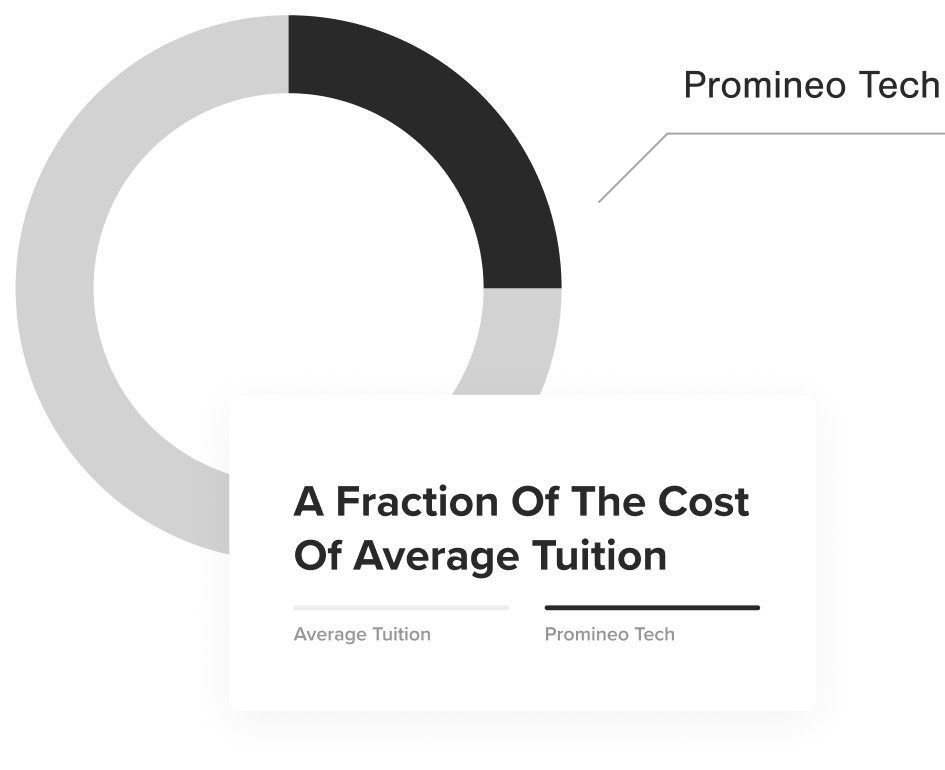
Frequently Asked Questions
Is the course instructor-led or self-led?
The course is instructor-led and live online.
How long is the course?
The course itself is 19 weeks long, which equates to just over four and a half months. You’ll meet for class once a week for 18 weeks and spend the final week of the program working on your final project in lieu of class
Are class sessions recorded?
Every class is recorded and available to students to review throughout the course. If a scheduling conflict arises, attendance requirements can be met by watching the video on occasion. This should not happen frequently, but life happens!
What is the background and experience of your instructors?
Most of our instructors work in the industry by day in addition to teaching. Our instructors have worked at Keap/Infusionsoft, USAA, Walmart, University of Arizona, Choice Hotels, American Express, Hightouch, US Army, FactSet, University of Wisconsin – Stevens Point, Mayo Clinic, and Whoop, among other national and multinational companies.
What is the structure of the program?
The structure of the program is a flipped classroom model. This entails that students review the curriculum before lectures and come to class already familiar with the relevant concepts. The bootcamp is part-time and designed for full-time working adults. However, students who are absolute beginners may need to invest extra time into learning the more advanced modules.
What technologies are covered?
There are many technologies covered in this program including JavaScript, Algorithms, OOP, Design Patterns, Unit Testing, HTML, CSS, JQuery, Bootstrap, AJAX, React, JSX, REST, NPM, AWS, and more.
What types of jobs will grads be prepared for?
Successful completion of the program will help you prepare for types of roles such as front-end developer, web developer, UI developer, JavaScript developer, web designer, UX/UI designer, front-end web engineer, mobile app developer (using web technologies), CMS developer/theme developer, SVG animator, performance/optimization specialist, accessibility specialist.
It Is Estimated There Will Be A Shortage Of 1.4 Million Software Developers In The US Within The Next Year. Start Your Career Today.
Where Our Alumni Work
Ready to Enroll
Take our short, 12-question assessment
Software Engineer Pre-Assessment
"*" indicates required fields


 Call to speak to a Program Specialist (480) 774-7842
Call to speak to a Program Specialist (480) 774-7842